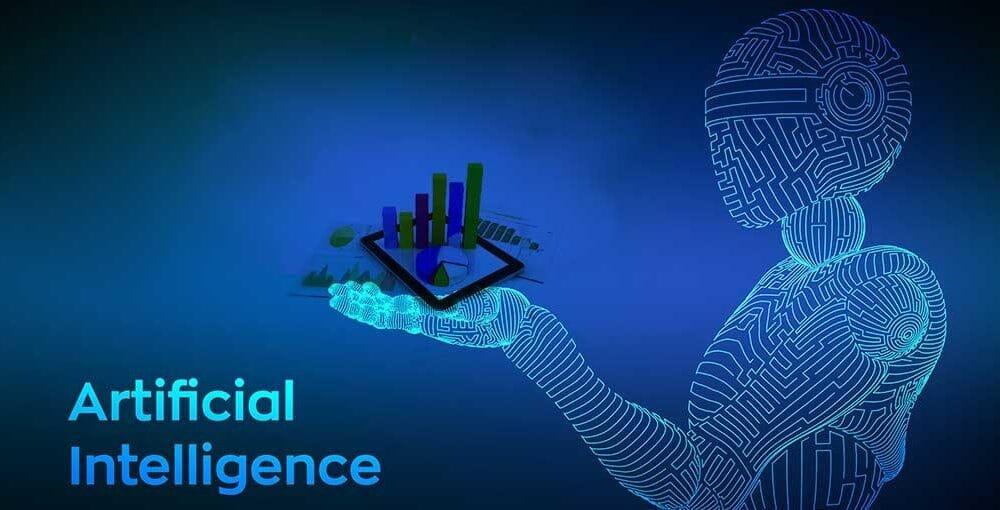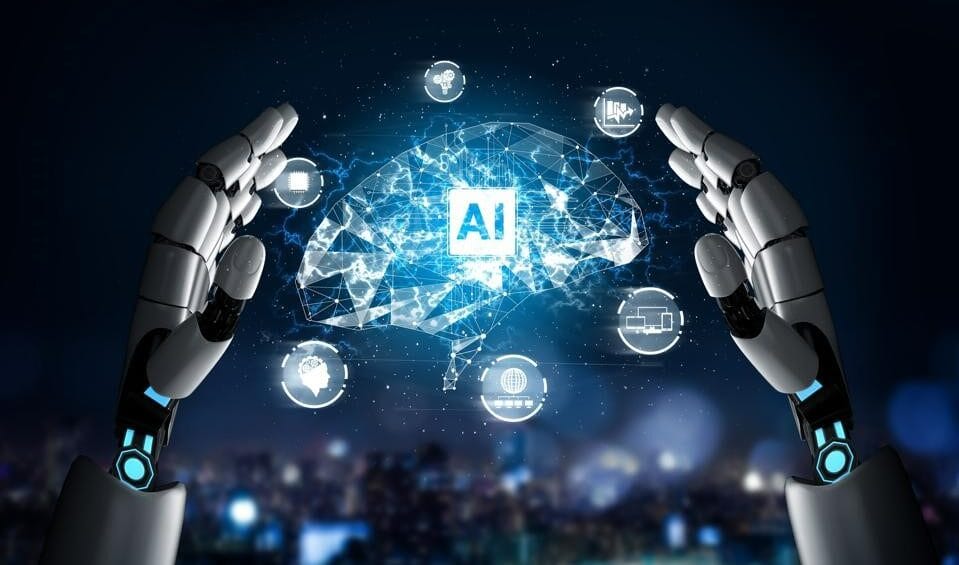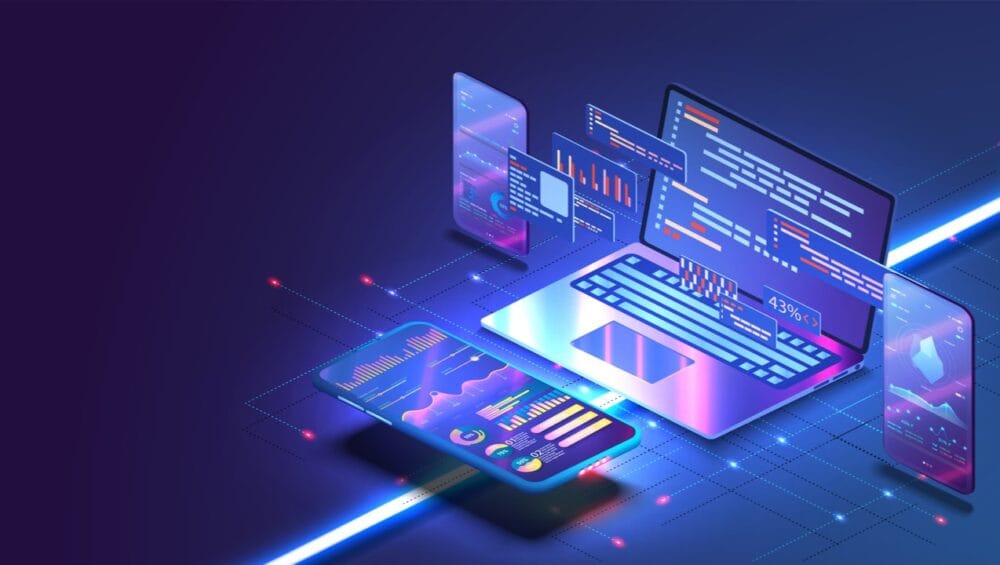CONTENTS
• What is a technology?
• Top 20 technology developed future.
• What is a artificial intelligence and type?
• Artificial intelligence use tools and applications.
• How does work artificial intelligence?
• 12 examples for a artificial intelligence.
• How to use artificial intelligence in our daily life?
• Top 9 highest paid artificial intelligence company
Introduction
A technology is a tool or method that is developed or discovered to achieve a specific task or set of tasks. Technologies can be based on physical products, such as machines or devices, or they can be based on processes or techniques, such as methods for manufacturing or software algorithms. They are often developed to solve specific problems or to improve upon existing solutions. Technologies can be found in many areas of life, such as medicine, transportation, communication, energy production, and agriculture.
Many different technologies are currently in development or being researched that have the potential to shape the future. Some of the top technologies that are expected to have a significant impact in the future include:
Artificial Intelligence (AI) and Machine Learning (ML):
These technologies have the potential to revolutionize many industries by automating complex tasks and making decisions based on large amounts of data.
5G Network:
5G networks are expected to provide much faster and more reliable wireless connections, which will enable new applications such as self-driving cars, remote surgery, and IoT devices
Quantum Computing:
This technology has the potential to perform certain types of calculations much faster than traditional computers, which could be used for tasks such as drug discovery, weather forecasting, and financial modeling.
Internet of Things (IoT):
IoT technology will enable a wide range of devices to be connected to the internet and communicate with each other, which will allow for greater automation and control in many industries.
Virtual Reality (VR) and Augmented Reality (AR):
These technologies will enable users to experience immersive digital environments and provide new ways for people to interact with the digital world.
Blockchain:
Blockchain technology provides a secure and transparent way for people to share information and exchange value, which has the potential to disrupt traditional business models.
Robotics:
Robotic technology will enable the automation of many tasks and improve efficiency in many industries.
Biotechnology:
Biotechnology will enable scientists to manipulate biological systems in order to improve human health intoroduction.
Autonomous Cars:
Self-driving cars have the potential to improve transportation efficiency and reduce accidents caused by human error.
3D Printing:
3D printing technology allows for the rapid manufacturing of complex objects, which will enable new production techniques and improve efficiency.
Renewable energy:
Advanced energy storage systems and renewable energy sources like solar and wind power will provide more sustainable energy solutions.
Smart Cities:
Smart city technologies will enable urban areas to become more efficient, safe, and livable.
Biomedical Engineering:
Biomedical Engineering uses engineering techniques to solve problems in medicine and biology, it is expected to greatly improve healthcare and medicine
Advanced Materials:
Developing new materials with specific properties and functionalities that can be used in many areas such as electronics, aerospace, biotechnology, etc.
Human Augmentation:
Advances in technology will enable people to enhance their physical and cognitive abilities using devices such as exoskeletons and brain-computer interfaces.
Synthetic Biology:
Synthetic biology allows the design and construction of new biological parts, devices, and systems that don’t occur naturally.
Nuclear Fusion:
Nuclear fusion has the potential to provide a nearly limitless source of energy.
Advanced Analytics:
Advanced analytics allows gaining insights, knowledge and understanding of complex data, which can be used in many areas such as finance, healthcare, marketing, and many more.
Edge Computing:
Edge computing allows processing data closer to the source of data, which can help to improve communication speed, reduce transmission costs and enhance security.
Advanced Manufacturing:
Advanced manufacturing methods such as additive manufacturing, nano-manufacturing, and biomanufacturing will allow for the creation of increasingly complex and precise products.
These are just a few examples of the many technologies that are currently being developed or researched and could have a significant impact in the future. It is important to note that this field is constantly evolving and new technologies are being developed all the time.
Technology










